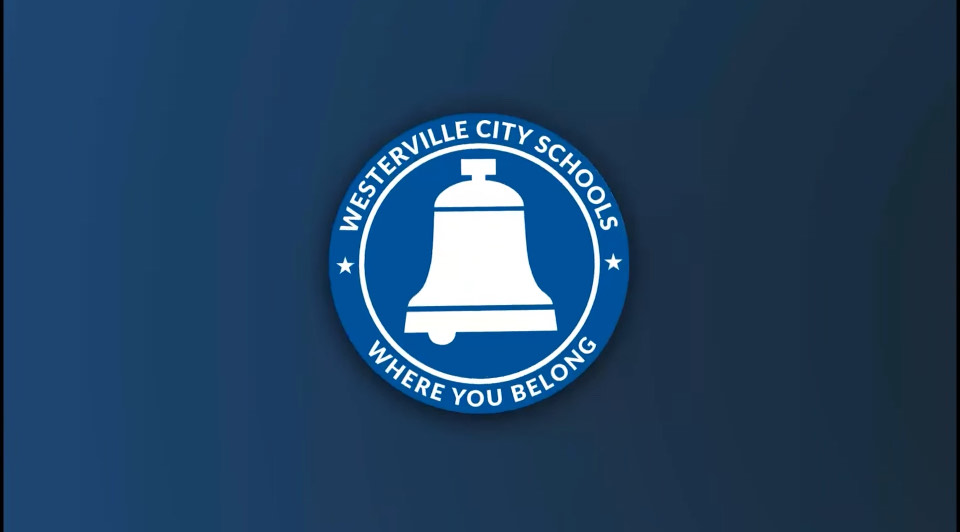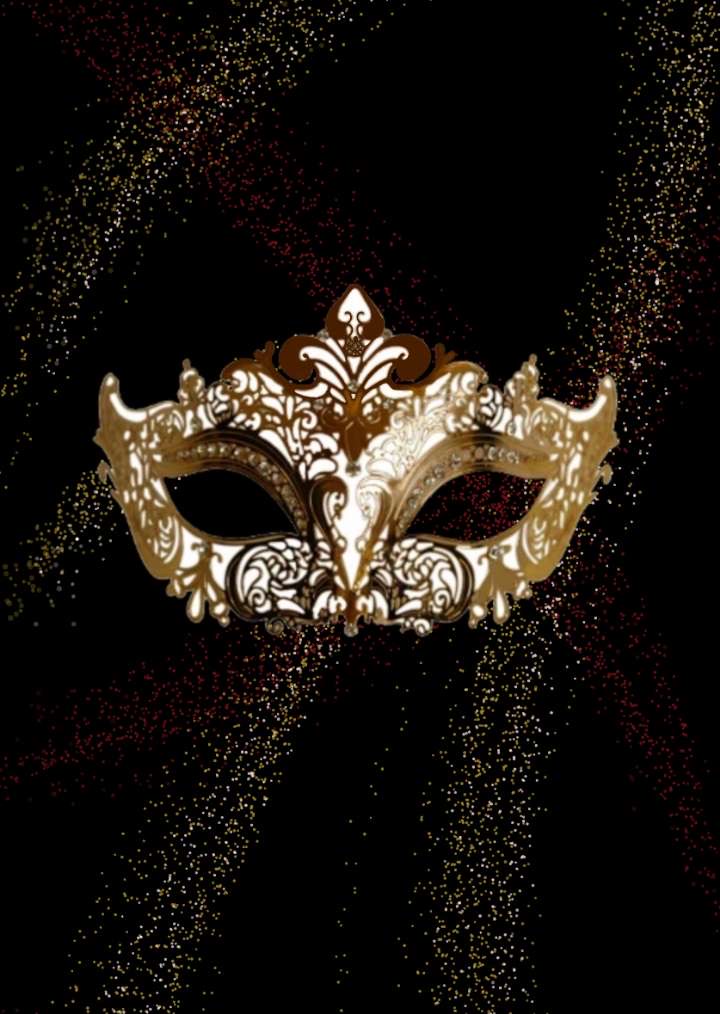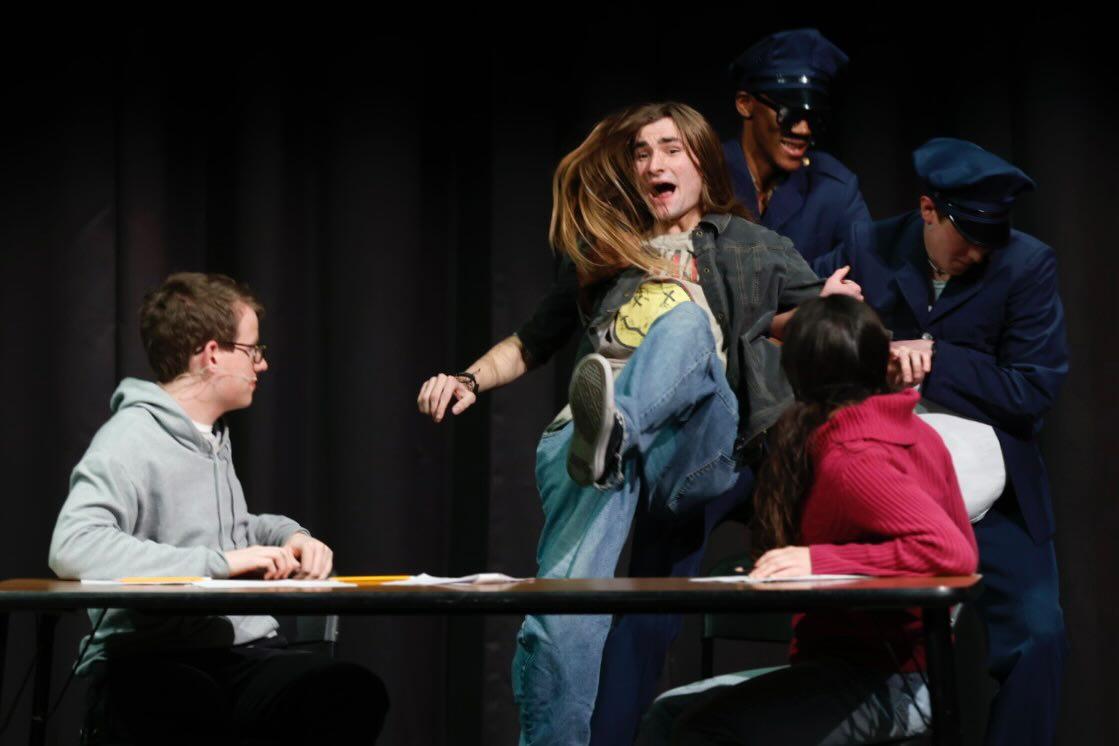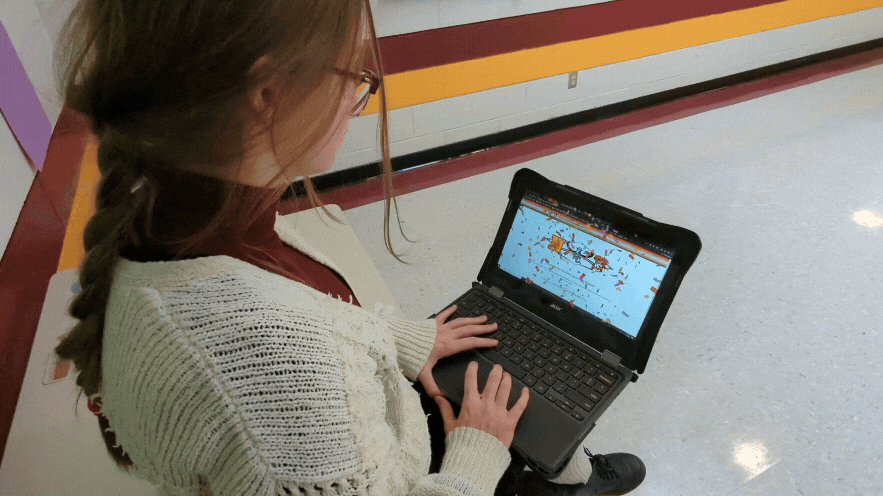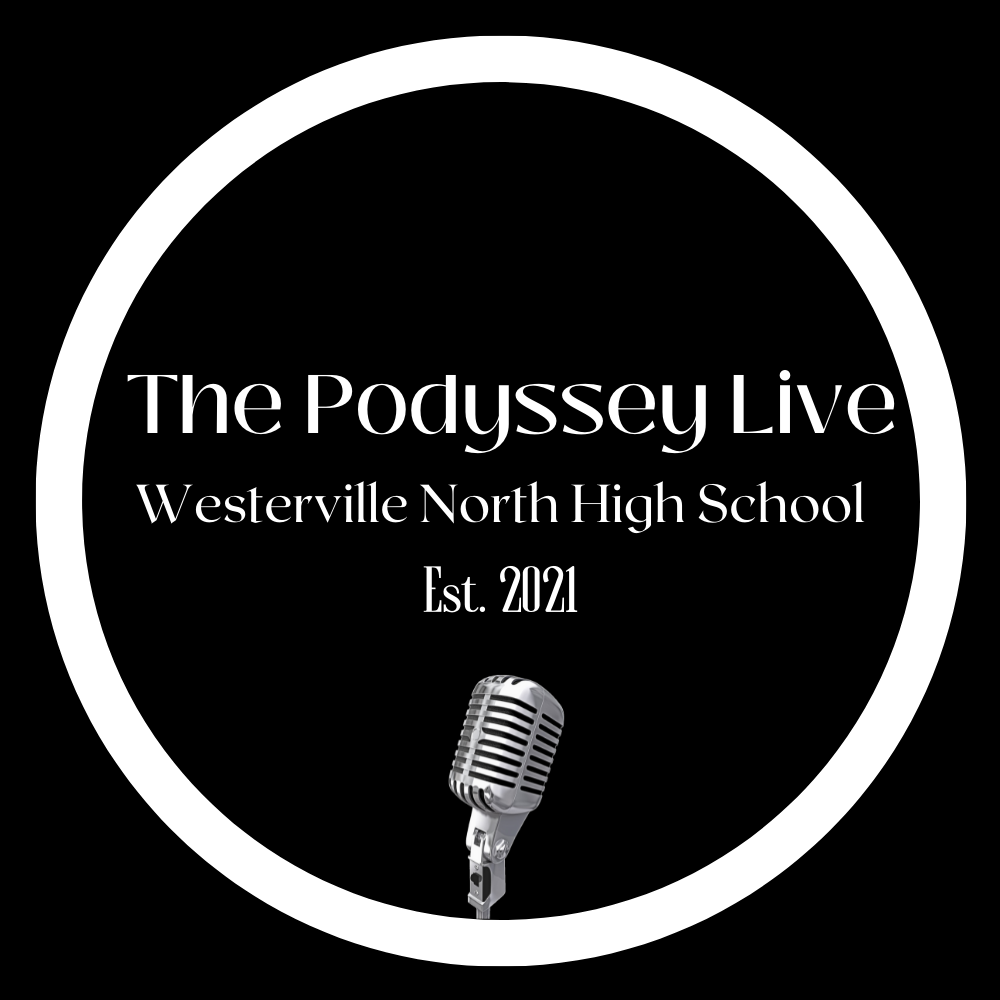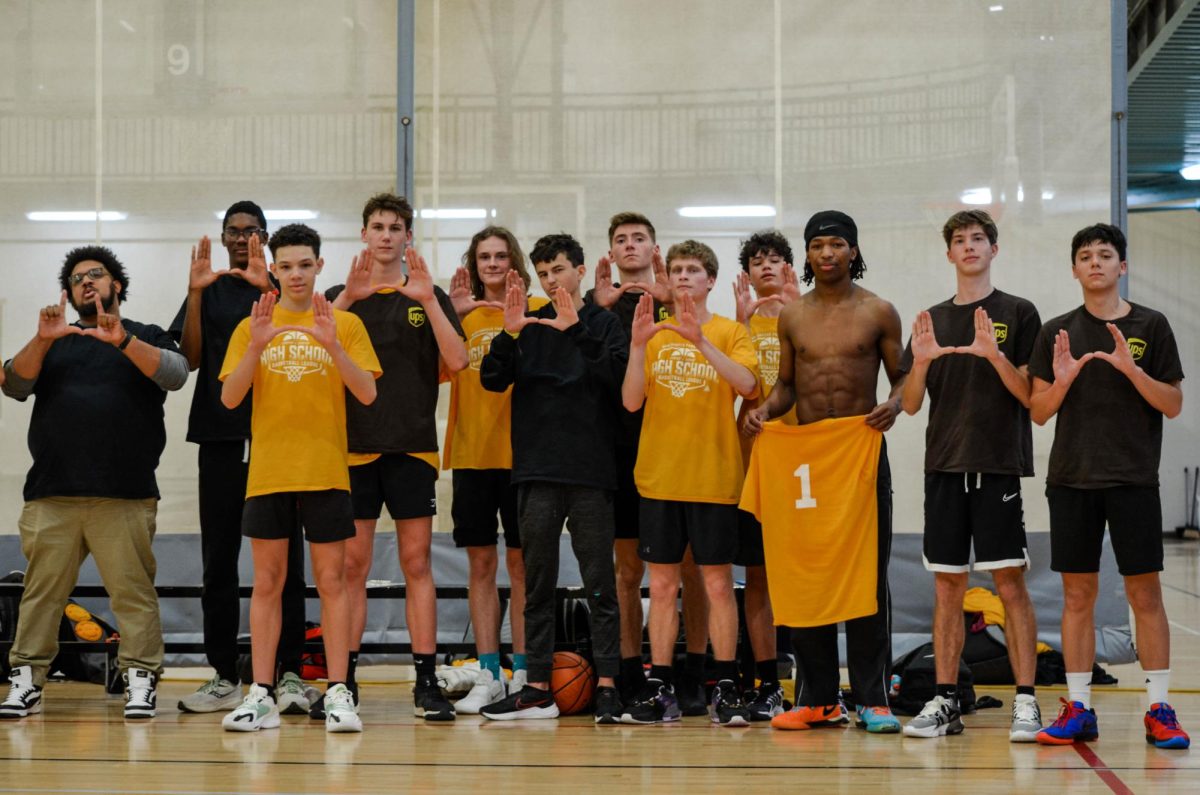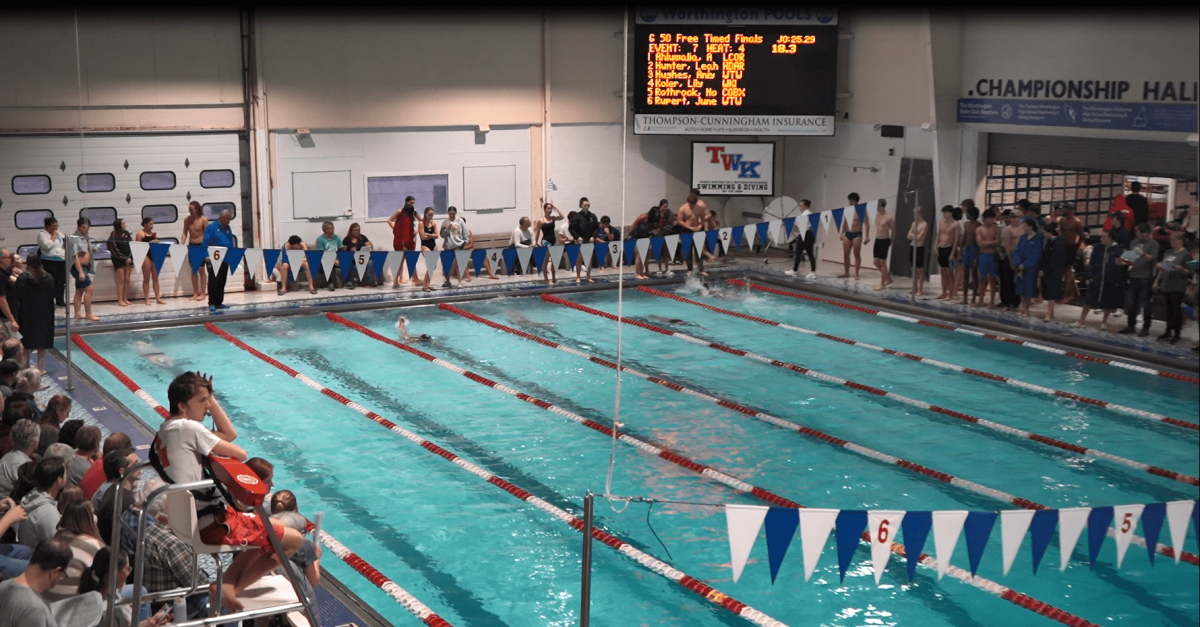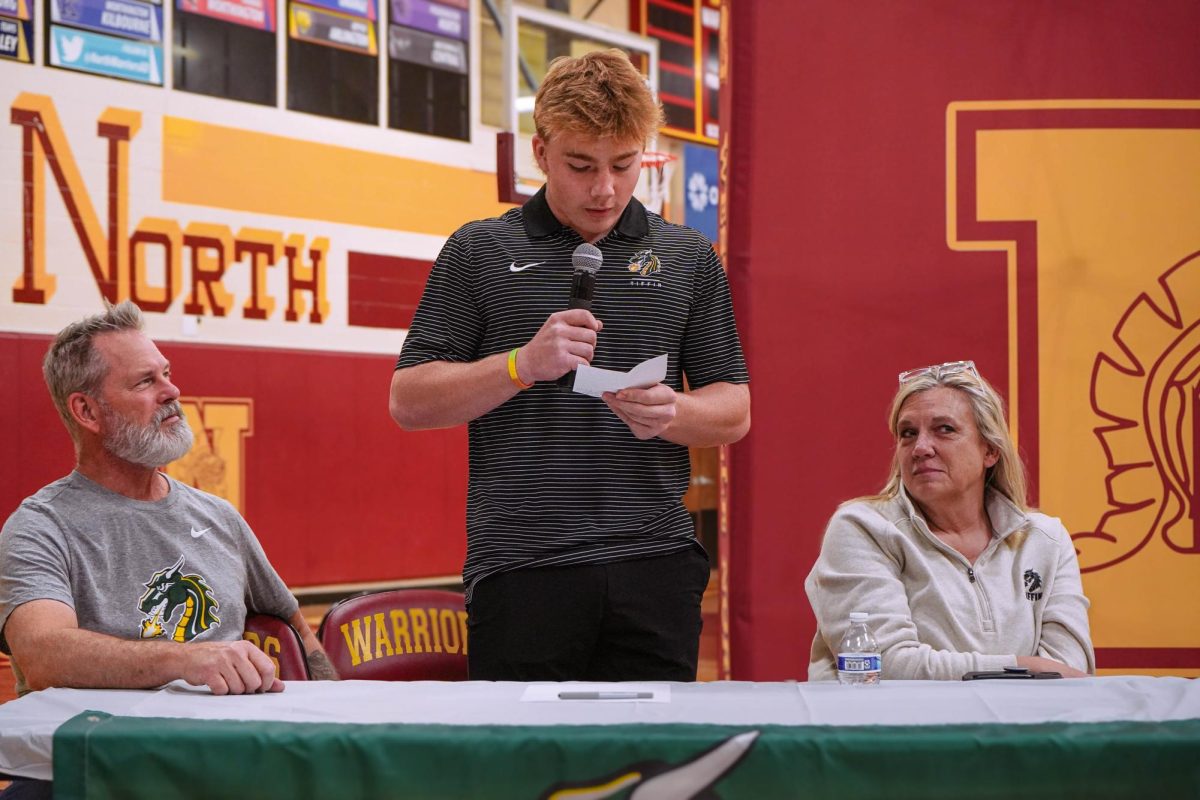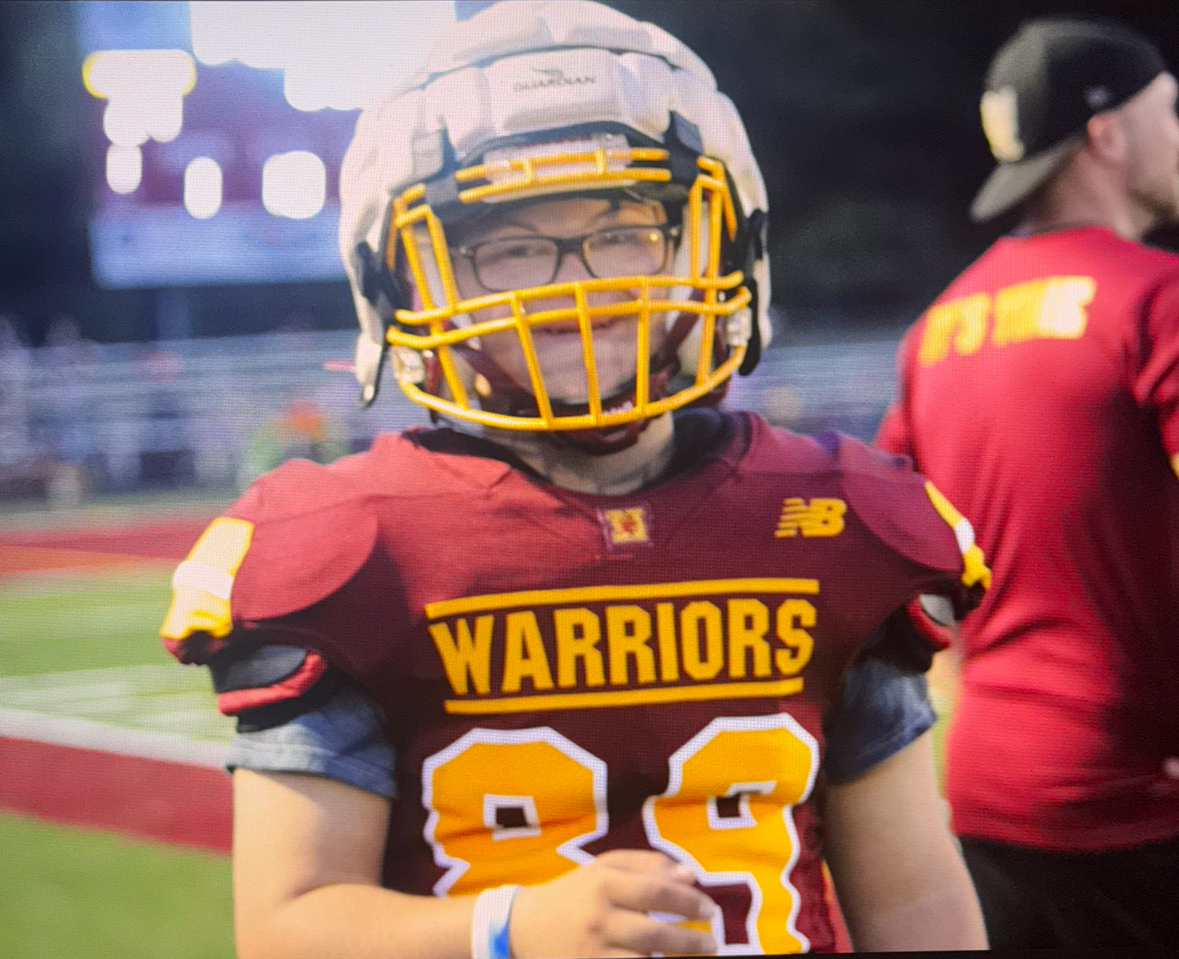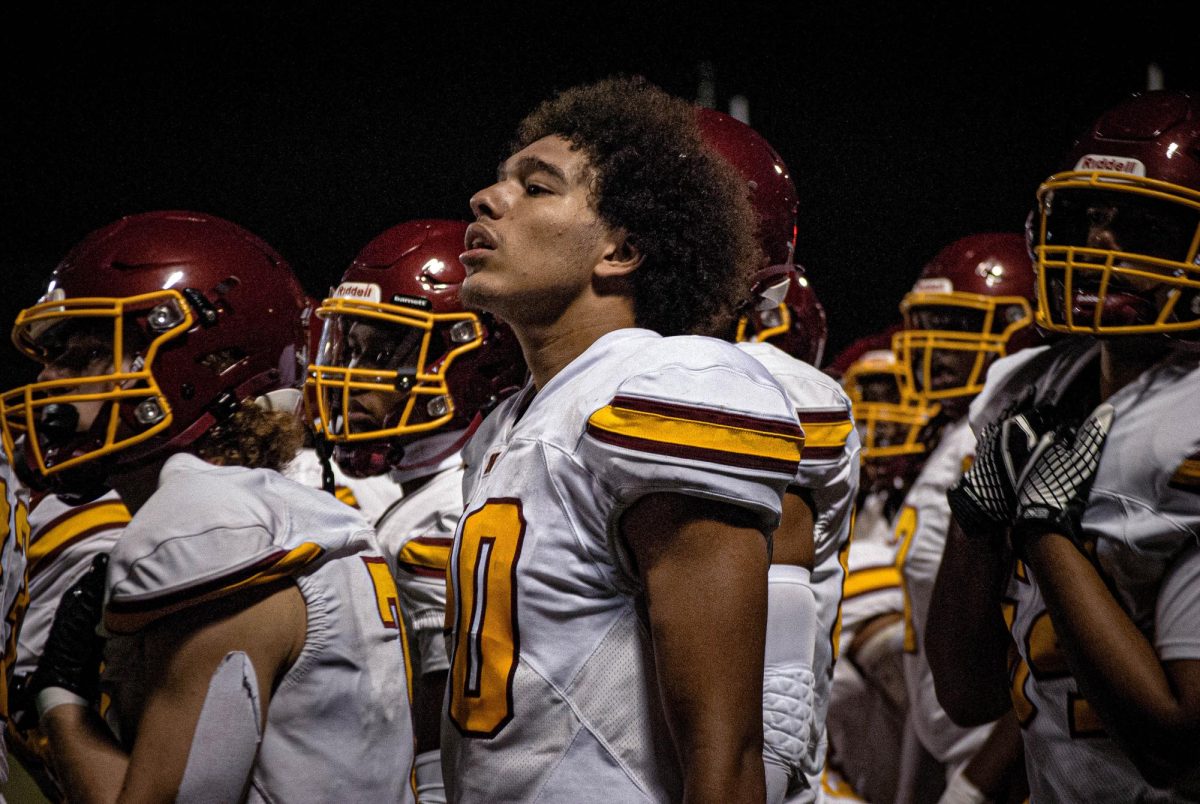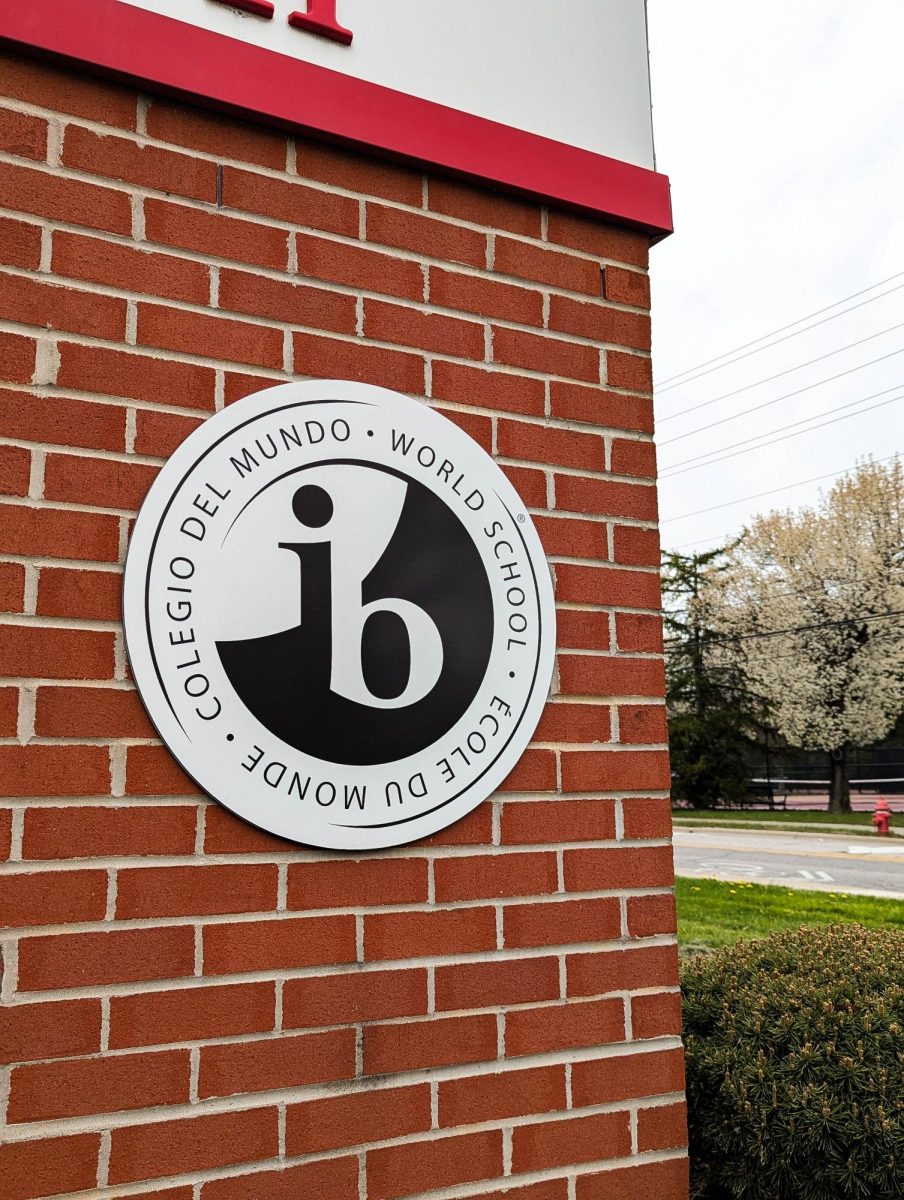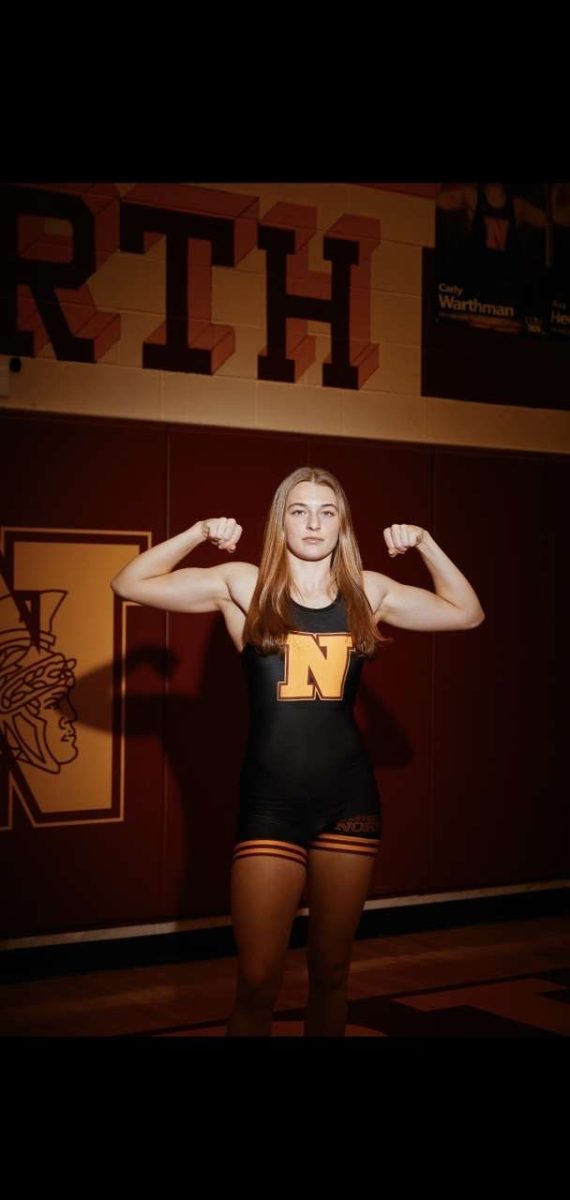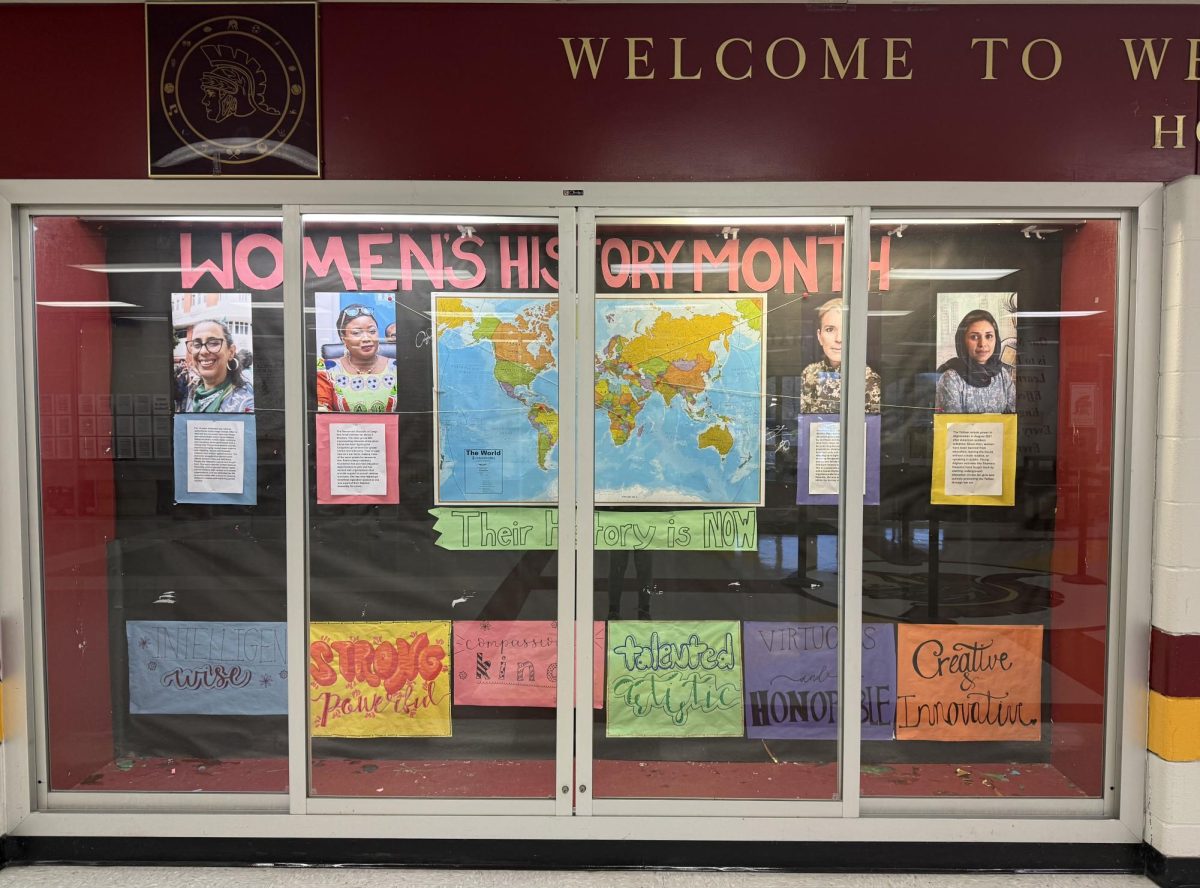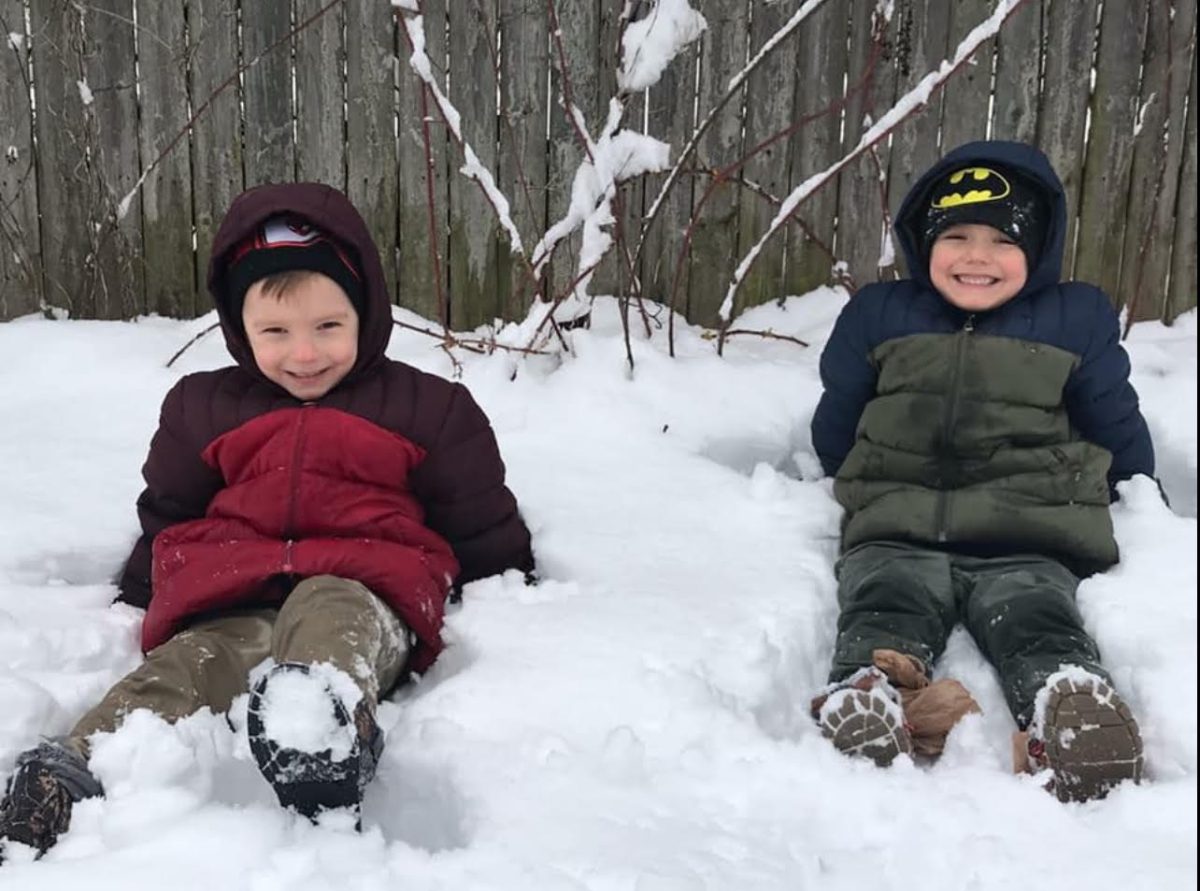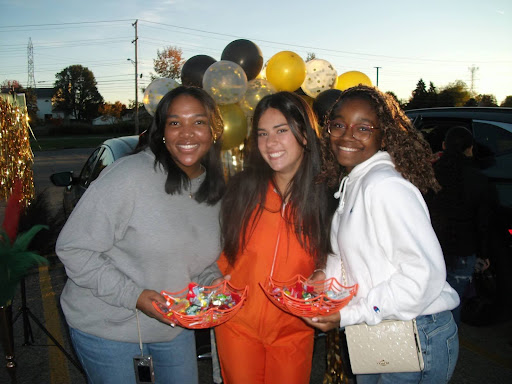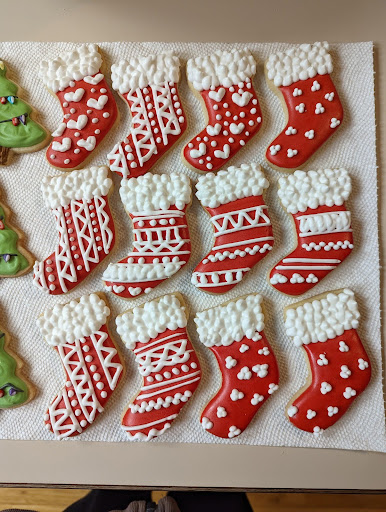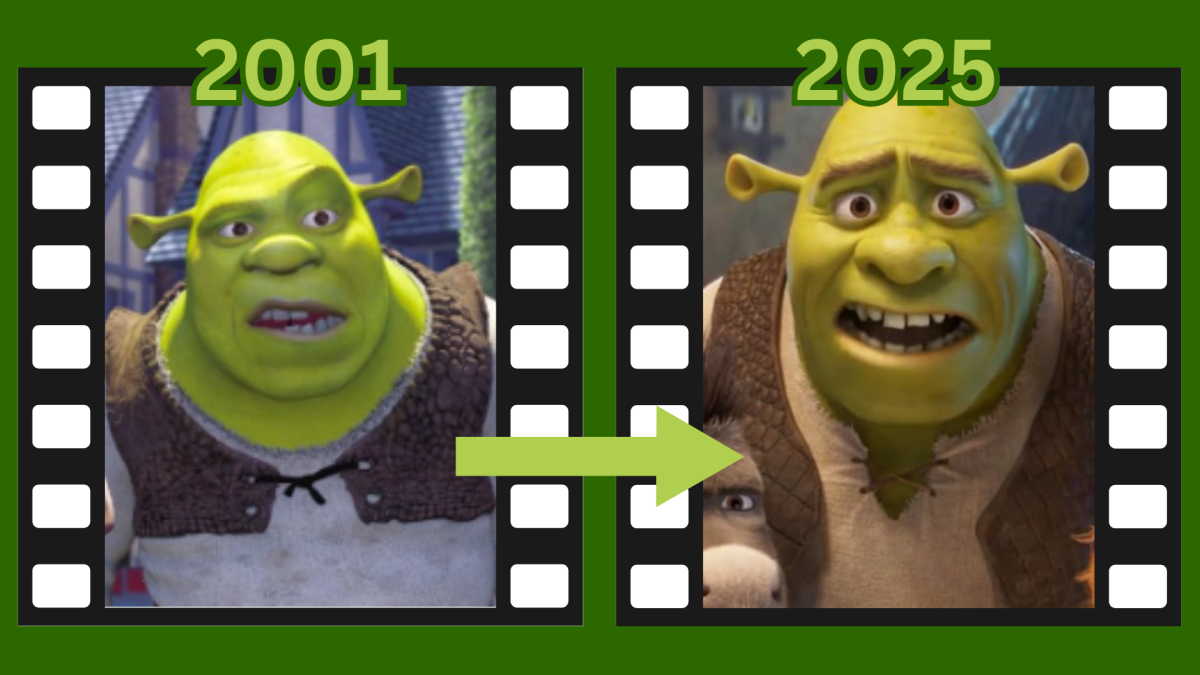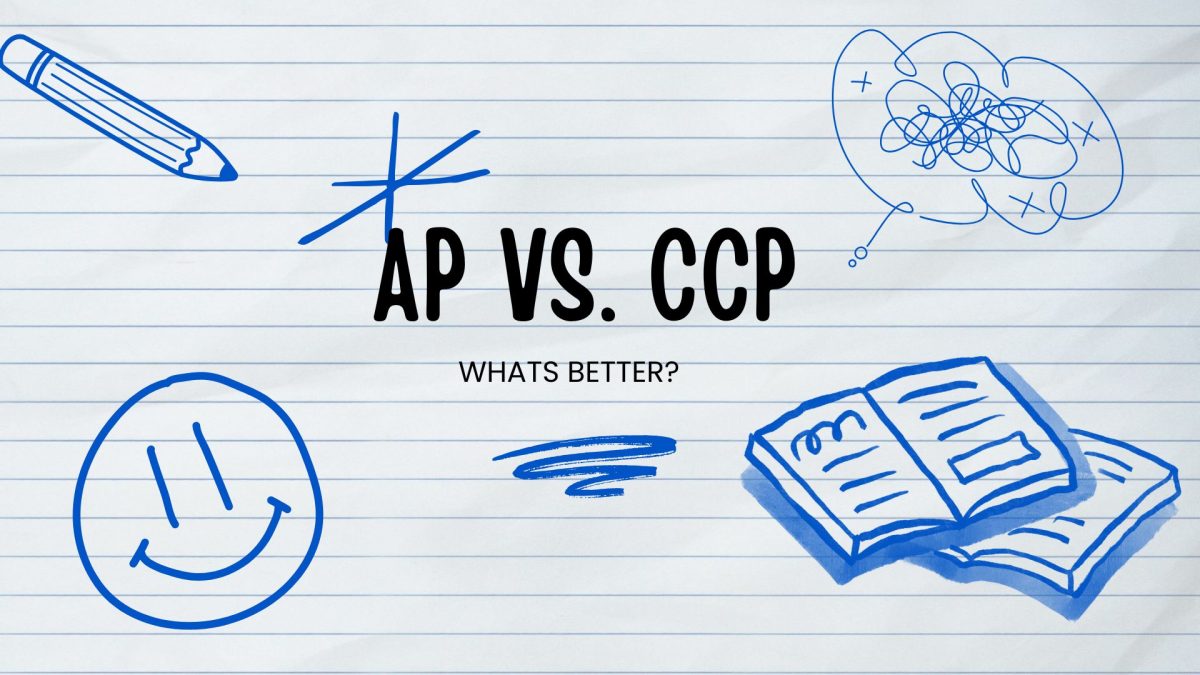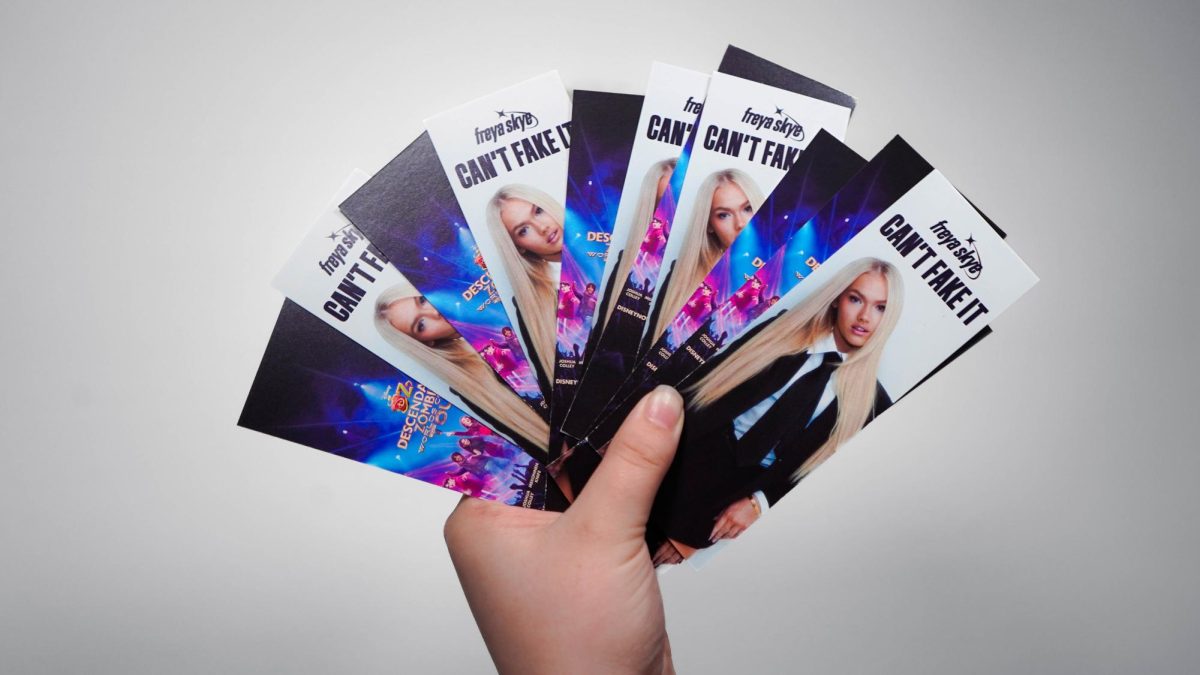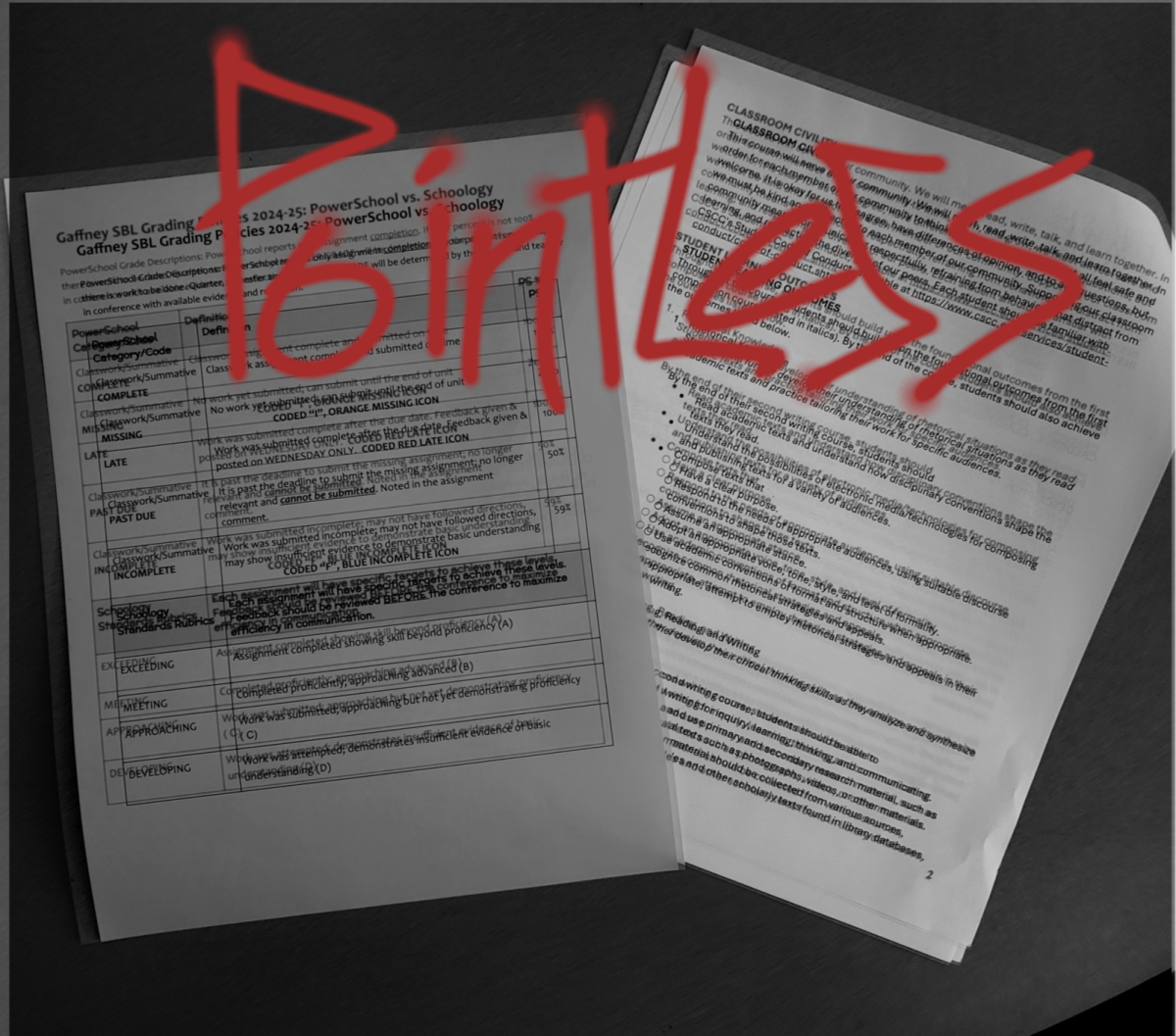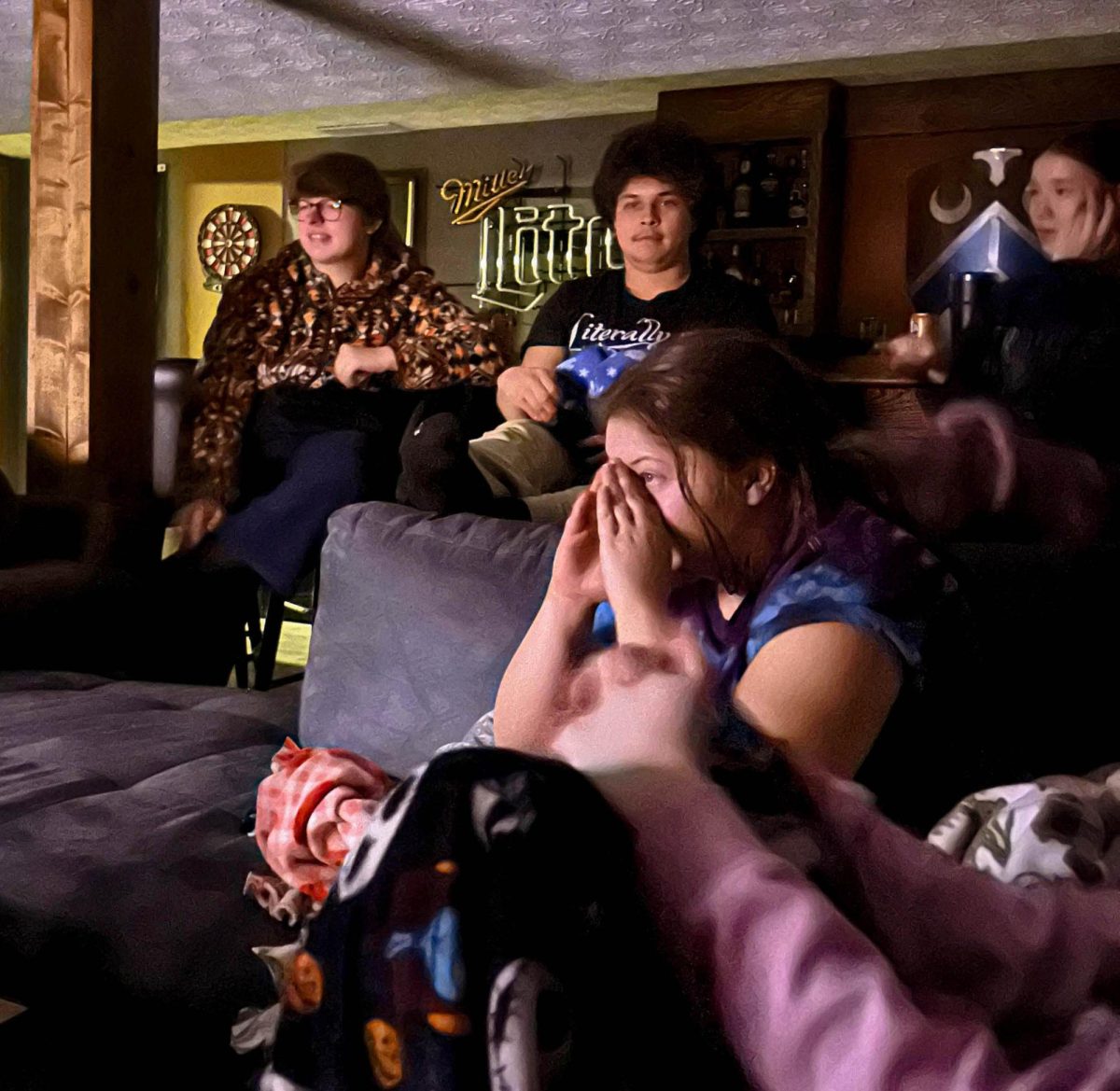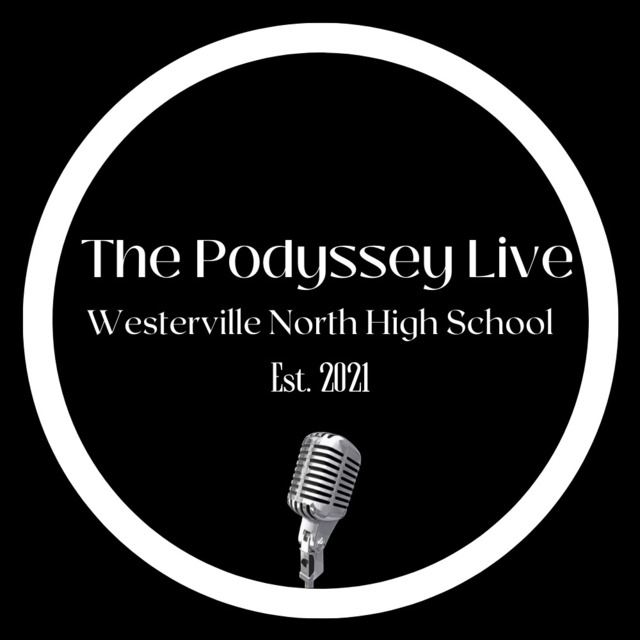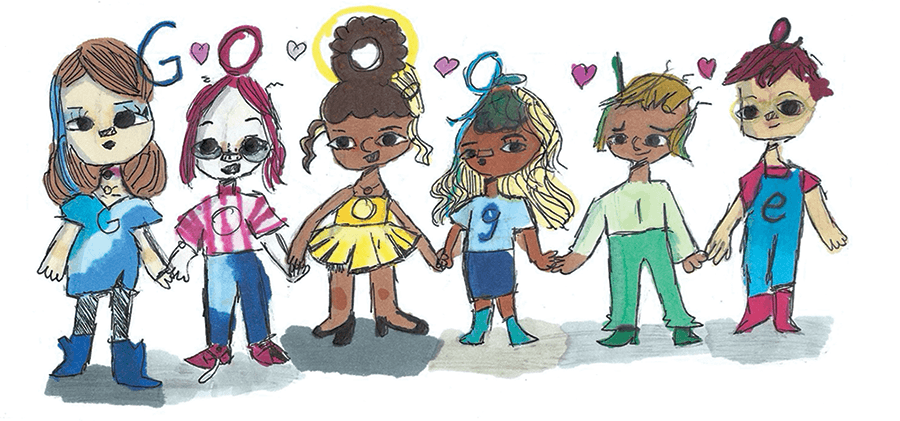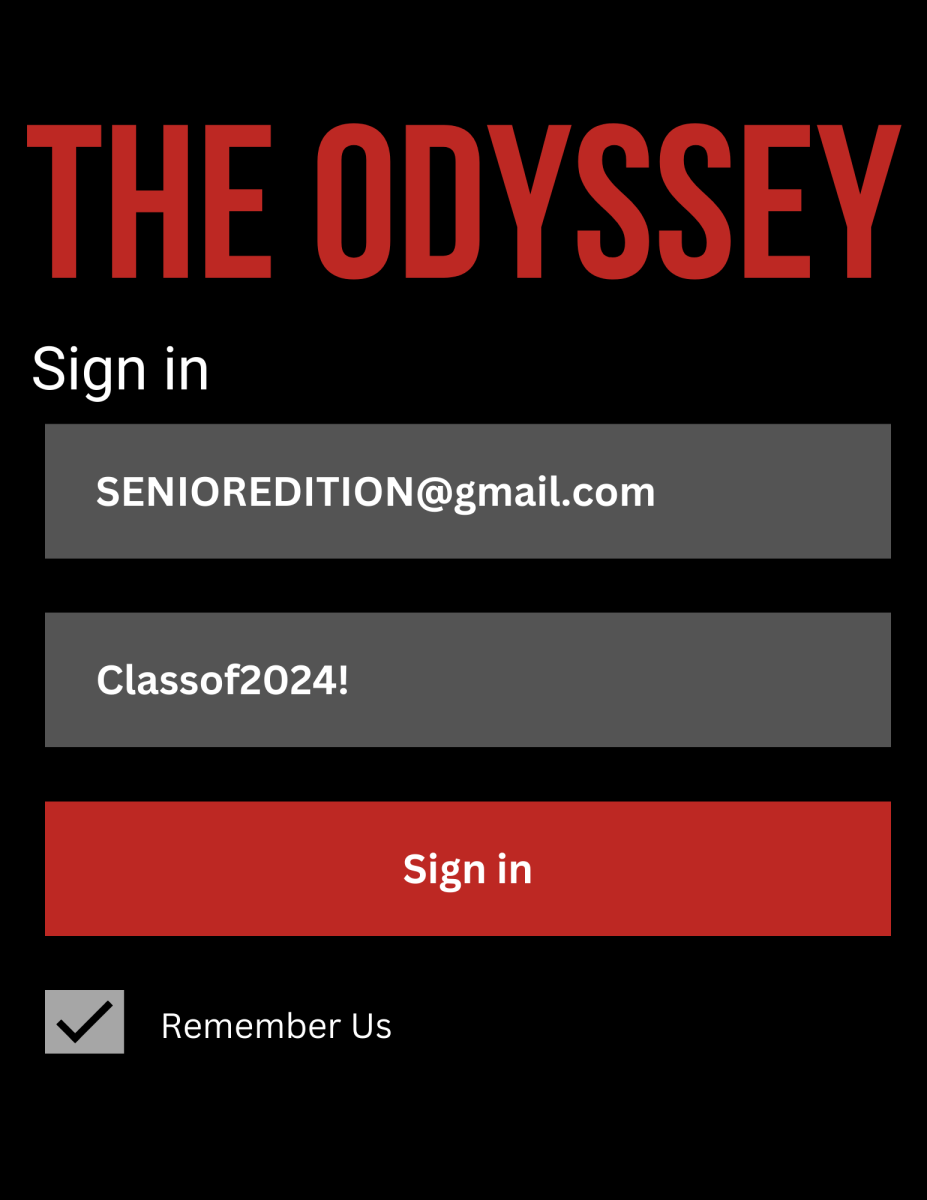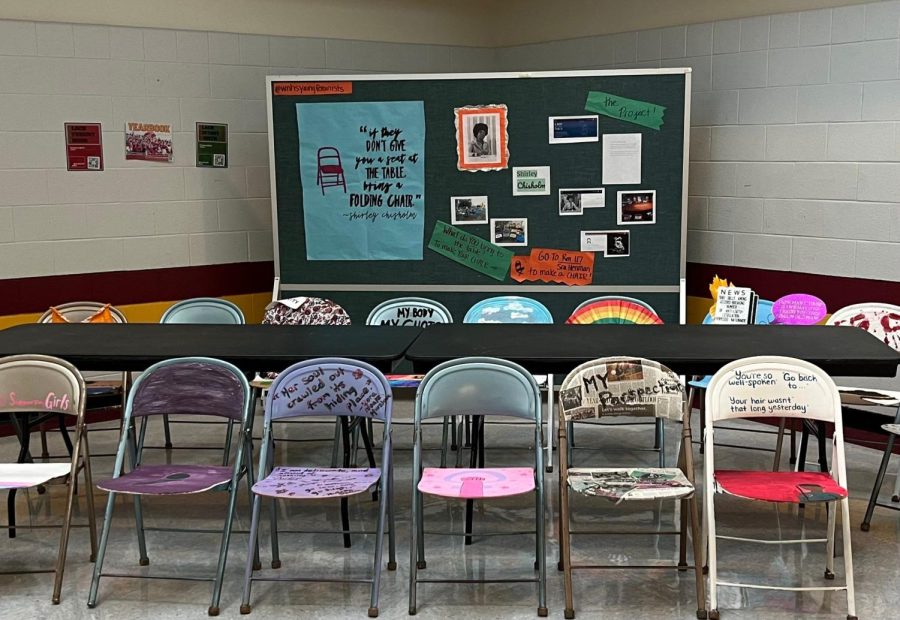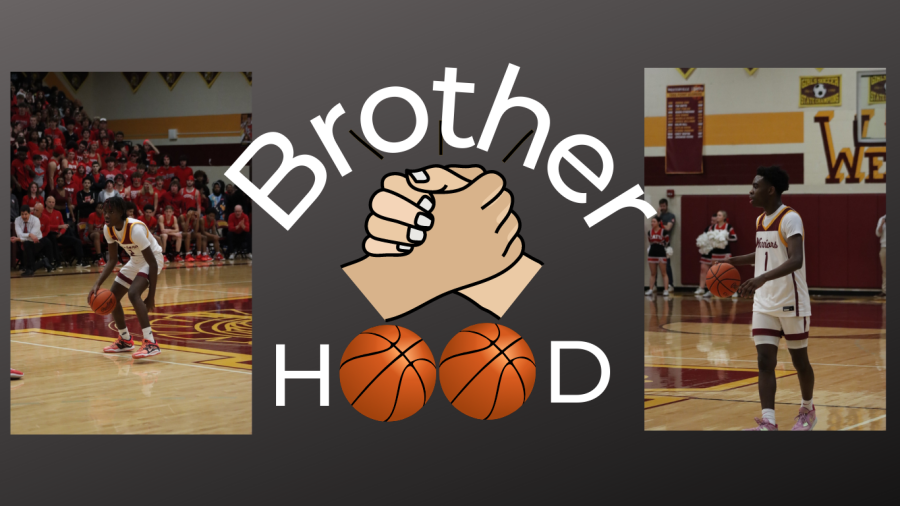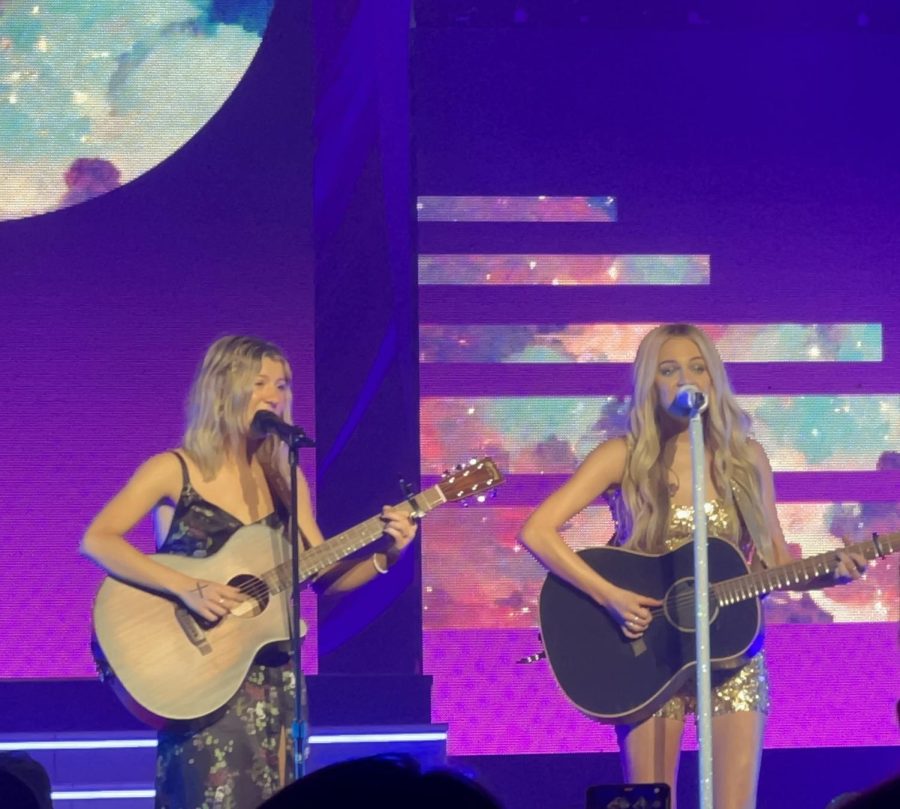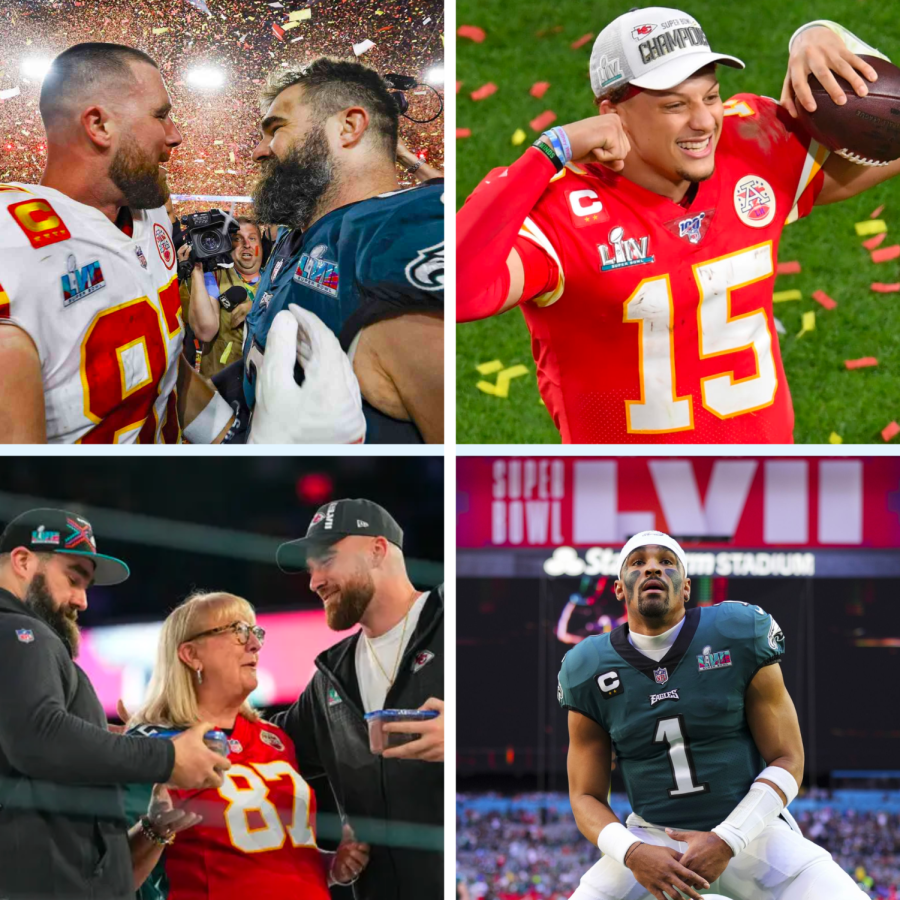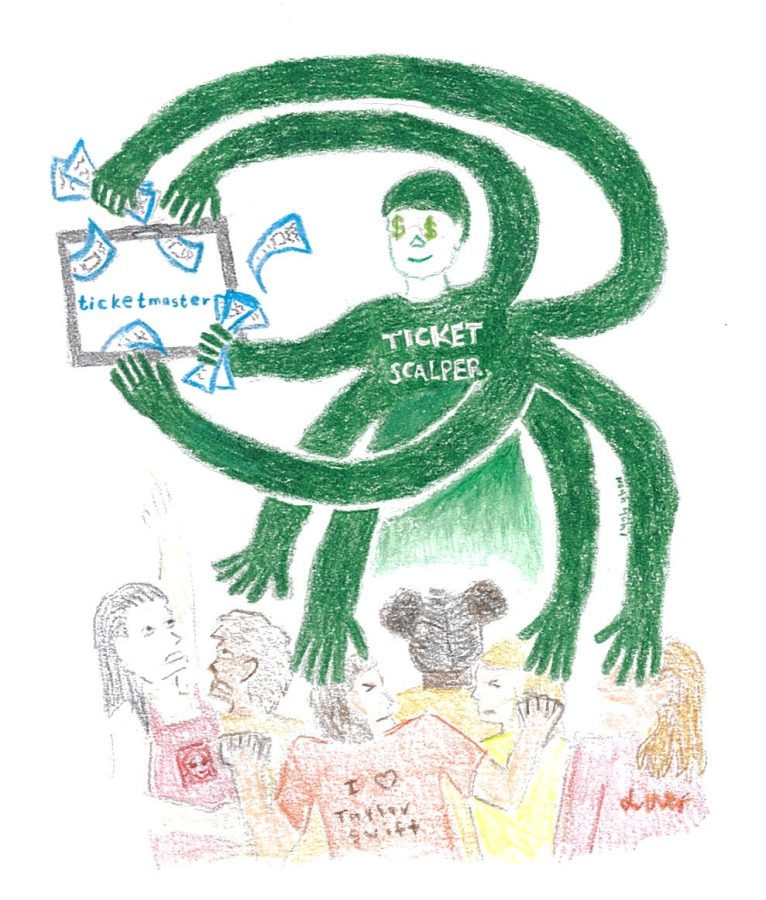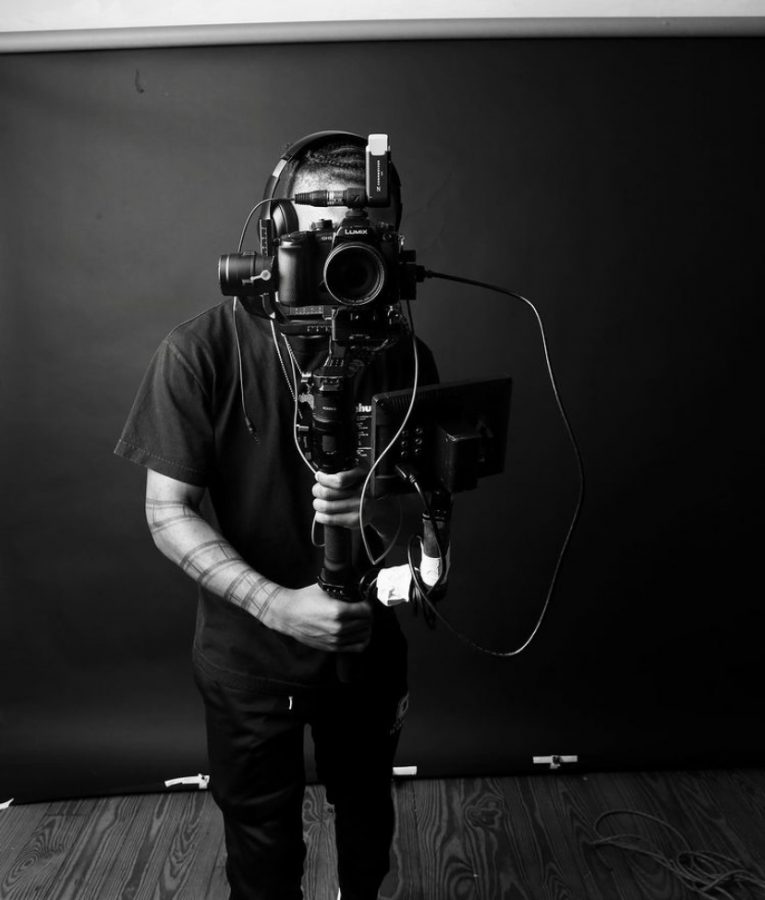Google is the most widely used internet search engine in the world, handling an average of 5.4 billion searches daily or around 2 trillion searches per year, according to Wikipedia. Billions of eyes view the Google logo each day. So, how does Google make each moment count?
If you’ve ever searched something on Google, you may have noticed that the logo doesn’t always look the same. These alternate logos, which usually spell out ‘Google’ in some unique way, are known as Doodles.
“Doodles are the fun, surprising, and sometimes spontaneous changes that are made to the Google logo to celebrate holidays, anniversaries, and the lives of famous artists, pioneers, and scientists,” according to Google.
Almost every day, the company’s logo is redesigned to pay homage to a piece of history or the present, from the anniversary of the moon landing to Saint Patrick’s Day. The designs differ around the world.
The concept of the Google Doodle was born in 1998, before the Google company was even incorporated. Founders Larry Page and Sergey Brin added the famous Burning Man festival symbol to the Google logo to indicate their attendance at the festival.
Later, Google intern and eventual webmaster Dennis Hwang was asked to make a Doodle celebrating Bastille Day in 2000, and the idea took off from there, blossoming into an ever-evolving task taken on by a team of illustrators.
Senior art student Addison Schmitt said the creative logo changes bring a little bit of excitement to the daily activity of internet searching.
“[Google Doodles are] a great way to bring some life and change into a website we see and use every day … It is a little fun to find out what’s significant about each day,” Schmitt said.
Google Doodles serve an educational purpose as much as an artistic one. Users can click on the Doodle to be directed to a related Google search, where they can conduct their own research on the subject. For example, a Doodle celebrating a holiday may lead users to a search page explaining the holiday’s origins and common traditions.
North art teacher Douglas Smith believes Doodles promote education, but could do better at promoting art itself and publicly crediting the illustrators for their work.
“I think the Google Doodle is less about art and more about honoring the person or event they’re depicting … It does draw attention to a particular person or cause … but I’m not sure the artists themselves are getting much recognition,” Smith explained.
While the people who create and curate each Doodle may not be well-known, Google does celebrate young artists through their contest, Doodle 4 Google.
Students in kindergarten through twelfth grade can submit their interpretation of the Google logo using any artistic medium for the chance to be featured on the Google homepage and win scholarships.
2020 National Teacher of the Year Tabatha Rosproy is a judge of this year’s contest. She says the contest is an excellent way for students to broadcast their artistic voices around the globe.
“Aside from the amazing prizes, this contest centers student work and student voice, which is so important for the world to see!
“I am judging the contest for the United States, but Doodle 4 Google contests are held in countries all over the world! This contest helps build creativity, helps students focus on their strengths, and also helps launch them and their school into new opportunities,” Rosproy said.
Each year’s competition has a theme prompt; the 2021 contest’s theme, for example, is “I am strong because…”
“I didn’t help develop the theme, but I think it’s meant to help students and communities reflect on the strength they’ve shown throughout this whole year. And when we remember how strong we are, it’s easier to continue to be strong in the future,” Rosproy said.
According to Google’s contest information page, Doodles will be judged based on artistic merit, creativity, and how well the theme is expressed.
Smith says the contest has the potential to boost aspiring artists into a career in the arts.
“I think it’s a good experience to apply to contests like this … I don’t know if it would necessarily launch [the winner’s] art career, but you never know. If I were a student, I’d definitely put it on my resume,” Smith said.
He added that the idea of an art competition like Doodle 4 Google is something he would pursue with his art students to foster excitement in the creative process.
“I’m definitely considering doing this or a similar contest with my students if there’s interest … As long as you’re enjoying the creative process and getting something out of it, that’s what’s most important in my opinion,” Smith said.
Schmitt believes the competition is a great starting point for students to pursue future artistic endeavors.
“I think it’s a great opportunity for kids to show their art to a more meaningful audience. It might even be an inspiration for a kid to start doing art professionally.
“I would recommend it to a friend … because it’s not only a great opportunity for art exposure, but also a great opportunity to [explore] professional digital art and design,” Schmitt said.
Rosproy encourages students of all ages to consider the contest, even if they aren’t sure if they’ll win, because of the impact it can have.
“If you didn’t have time to enter the contest this year, I hope you’ll consider it next year! You never know if your art and story might touch someone’s heart,” Rosproy said.


